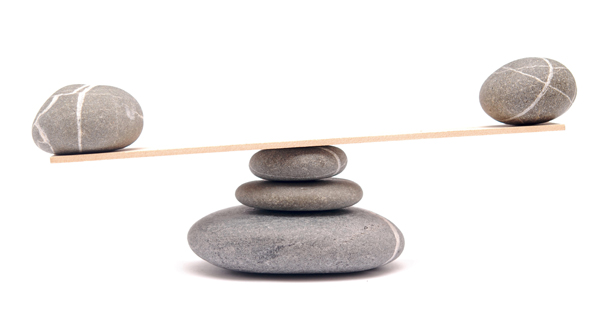Hormones are the body’s chemical messengers that play a vital role in our body’s chemistry. They carry messages between our cells and organs, affecting our overall health and wellbeing. They need to be in proper balance in order for the body to thrive as they affect almost every bodily process. They govern how we feel each day, how we manage stress, modulate growth and sexual development and how we break down food, just to name a few. Therefore, keeping them balanced is key to ensuring we face each day feeling our very best.

For women, hormones can wreak havoc around the menstrual cycle. It is shown that most women, 70-90%, can experience premenstrual symptoms and when they do they can occur anywhere in the two weeks prior to menstruation then disappear once menstrual flow starts. Some common symptoms that can be experienced include breast pain, tenderness, and swelling, acne, bloating, weight gain, food cravings, irritability, mood swings, depression, crying, and headache and joint pain.
High oestrogen levels rising after mid cycle (ovulation), can cause many of these symptoms, then the sudden decline in oestrogen can bring on headache and migraine for some women.
Chaste tree is an herb that is particularly beneficial for hormone balancing. It has been shown to reduce oestrogen levels indirectly by increasing progesterone. It has also been shown to modulate prolactin levels, which can also contribute to cyclic breast pain and other PMS type symptoms. Therefore, modulating these hormones is important to ensure optimal hormonal health.
Chaste tree has been shown to improve cycle irregularities, premenstrual syndrome, including headaches, irritability, mood changes, sleep disorders, and breast tenderness. As well as menopausal symptoms such as night sweats, hot flushes, emotional symptoms and the regulation of menstruation.
A 3-month study on the effects of chaste tree on PMS and menstrual headache, showed that 42% of patients experienced a reduction of more than 50% in frequency of monthly migraine attacks.

Hormonal imbalances and low androgens in men can produce symptoms such as decreased libido and vitality, fatigue, mood changes, decreased muscle mass, erectile dysfunction, insomnia, weakness and decreased facial, pubic and axillary hair.
Tribulus terrestis is an herb that has been shown to increase the production of androgens and nitric oxide in the body, thereby improving libido. While fenugreek has been shown to elevate testosterone levels via pituitary gland stimulation. It slows the conversion of testosterone to oestradiol via inhibition of aromatase, the enzyme that governs this conversion.
Using food as medicine is also a beneficial way to help modulate hormonal fluctuations. One of the most effective foods to assist with this is linseeds. Linseeds are the richest source of lignans which is one of the major classes of phytoestrogens. Lignans are both agonists and antagonists of oestrogen. Incorporating these seeds into your diet daily has been shown to help with oestrogen modulation via the lignans acting on oestrogen receptors. Just 25g of linseeds daily has been shown to successfully reduce both the severity and duration of cyclic breast pain that is associated with oestrogen.

Increasing cruciferous vegetables into the diet is a positive way to eliminate excessive 0estrogen. They contain a plethora of powerful compounds that provide positive health benefits, such as indole-3 carbonyl, diindolylmethane (DIIM) and sulforaphane. These compounds provide protection to the cells along with stimulating the liver’s natural detoxification processes. Cruciferous vegetables include cauliflower, broccoli, Brussels sprouts, cabbage and kale.
Keep your eye out for the release of the brand new Wonderfoods Fitness range!… Coming soon.



